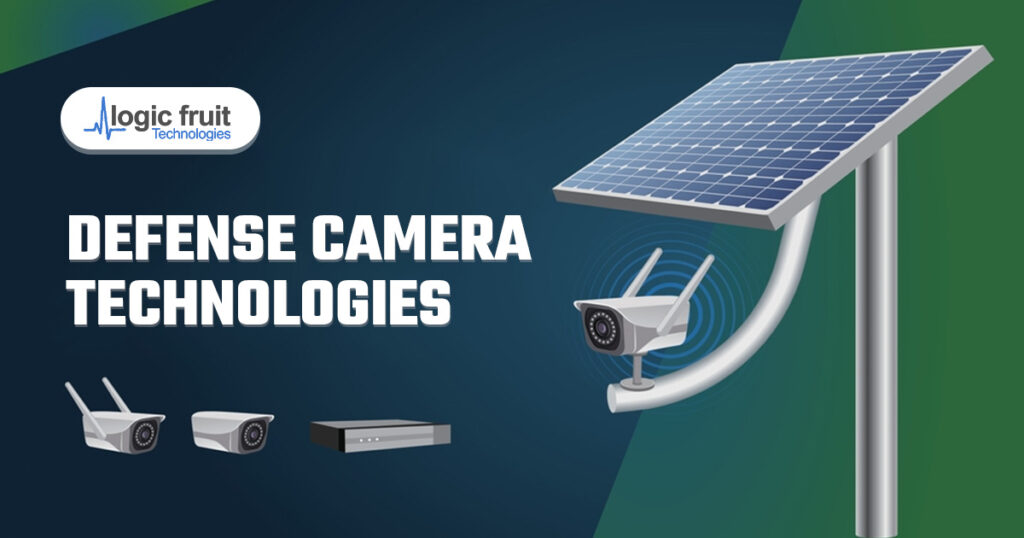Introduction to Defense Camera Technologies:
Imagine a world where military and defense agencies are able to monitor everything that occurs in a particular area in real time, regardless of the time of day or the state of the weather. Defense camera technology is a rapidly developing industry changing how military and defense organizations function and react to threats.
Defense cameras serve a crucial role in assisting organizations in maintaining security, safeguarding sensitive regions, and reacting to maintain security, safeguard sensitive regions, and react to changing ground conditions, from border surveillance to vehicle tracking, from situational awareness to target acquisition.
This blog article will discuss the various varieties of defense cameras, their features and capabilities, and the difficulties and constraints posed by these technologies.
What is Defense Camera Technologies
In the context of military and defense applications, the term “defense camera technology” refers to the many camera and imaging system types. These cameras are made to offer improved surveillance capabilities.
They can be used for various purposes, including keeping an eye on sensitive areas like borders and other sensitive locations, following the movements of military personnel and vehicles, and giving field commanders real-time situational awareness.
Defense camera technologies are frequently made tough and long-lasting, and they may come with cutting-edge features like thermal imaging, night vision, and long-range zoom capabilities.
These technologies are crucial in enabling military and defense companies to have situational awareness, safeguard sensitive regions, and react swiftly to attacks.
Types of Defense Cameras
There are various defense camera types frequently employed in military and defense applications, each with its own unique features and capabilities. The following are a few of the most popular kinds of defense cameras:
Surveillance cameras:
These are the most straightforward defense cameras available, and they are frequently used for keeping an eye on and recording activity in a particular region. With Capabilities like pan, tilt, and zoom, surveillance cameras can be stationary or mounted on moving objects.
Thermal cameras:
These are frequently employed for surveillance and target acquisition in low light or blocked visibility situations because they employ thermal imaging technology to detect heat signatures.
Thermal cameras are frequently mounted on vehicles or aircraft and can give field commanders a high situational awareness.
Night vision cameras:
These cameras include specialized sensors and lenses that boost ambient light so that users can see in dimly lit areas. Night vision cameras are frequently used in conjunction with thermal cameras to improve situational awareness in the dark.
Long-range cameras:
These cameras are frequently mounted on vehicles or aircraft and are made to offer long-range surveillance and target acquisition capabilities. Users of long-range cameras may be able to see and track objects at large distances because of features like image stabilization and high-magnification zoom lenses.
Forward-Looking Infrared(FLIR):
Forward Looking Infrared (FLIR) technology uses a thermal imaging camera to detect the infrared radiation generated by objects and produce a detailed thermal image of the immediate surroundings.
Even in poor light or with obstructed visibility, this can be effective for detecting the heat signatures of objects or people.
Shortwave Infrared (SWIR):
Using a camera sensitive to the shortwave infrared spectrum, which is just outside the range of visible light, this technology is known as SWIR (Shortwave Infrared).
This makes it possible for the camera to see through some materials, including glass, fog, or smoke, making it valuable for security and surveillance applications.
Midway Infrared (MWIR):
This technique employs a camera sensitive to the mid-wave infrared spectrum, which is situated halfway between the shortwave and longwave infrared regions. This makes the camera ideal for applications requiring night vision and thermal imaging since it enables the camera to recognize temperature changes and the thermal signatures of objects in the environment.
Longwave Infrared (LWIR):
This technique uses a camera to detect wavelengths of infrared light outside the range of visible light.
In low-light situations, the camera may employ this capability to identify very faint thermal fingerprints of objects, which makes it ideal for finding hidden objects or humans.
Recognizing the Types of Cameras
Here is a visual reference to some of the different security cameras you can run daily. This is not a complete list, and it’s important to remember that specific cameras may include more than one of the features mentioned below.
Bullet cameras
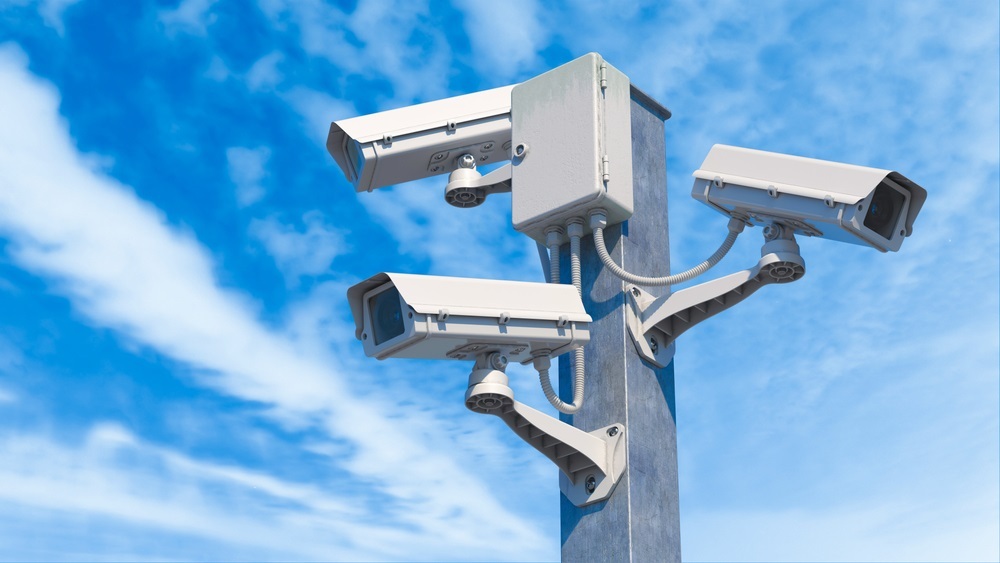
Bullet cameras have a small, tube-like design. The housing, lens, and camera are all contained inside a cylindrical-shaped body.
These cameras have a single direction of view and occasionally include infrared LEDs for usage at night. Both indoors and outside, bullet cameras are employed.
Dome cameras
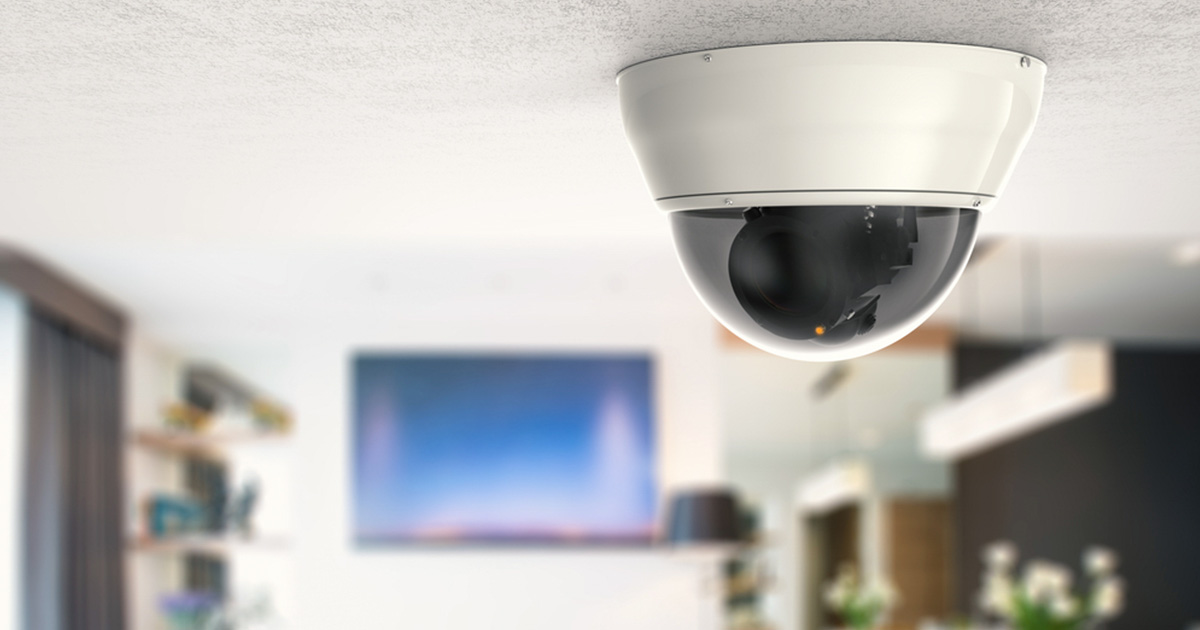
Dome cameras are frequently fixed on ceilings and are primarily utilized for interior surveillance. The dome-shaped camera is made to make it challenging to determine which way the lens is pointed. Dome cameras have a wide range of add-on functions.
Some have tamper-resistant features, some have infrared light for night vision, and some have varifocal lenses, which let users change the camera lens’s focal length.
PTZ (Pan Tilt Zoom) cameras
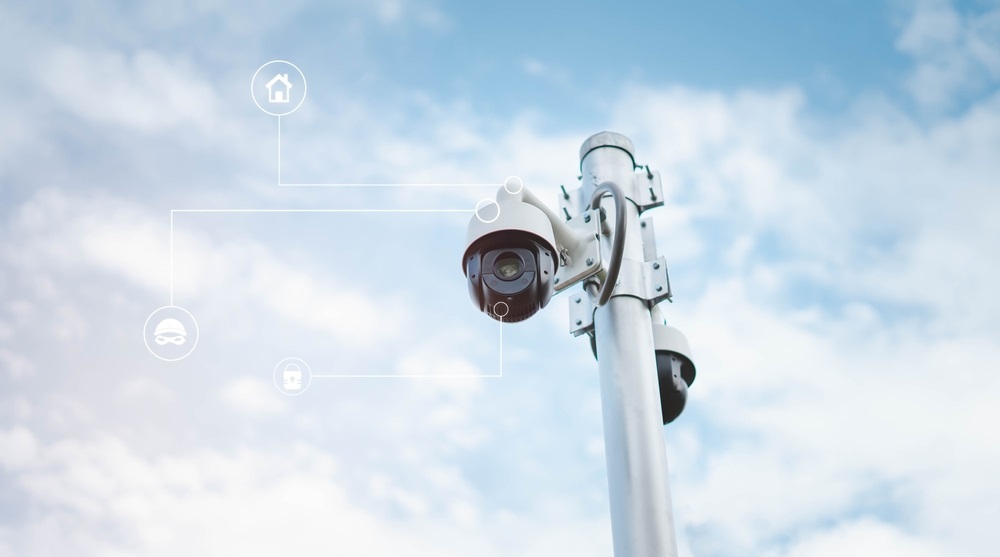
Most surveillance cameras are fixed cameras that only look one way. To track moving subjects, PTZ cameras can be remotely controlled to the pan (move left or right), tilt up and down, or zoom closer or farther away.
This enables operators to focus on particular regions or follow particular movements. The cameras have the ability to turn or run patterns.
Mobile Surveillance Towers/Poles
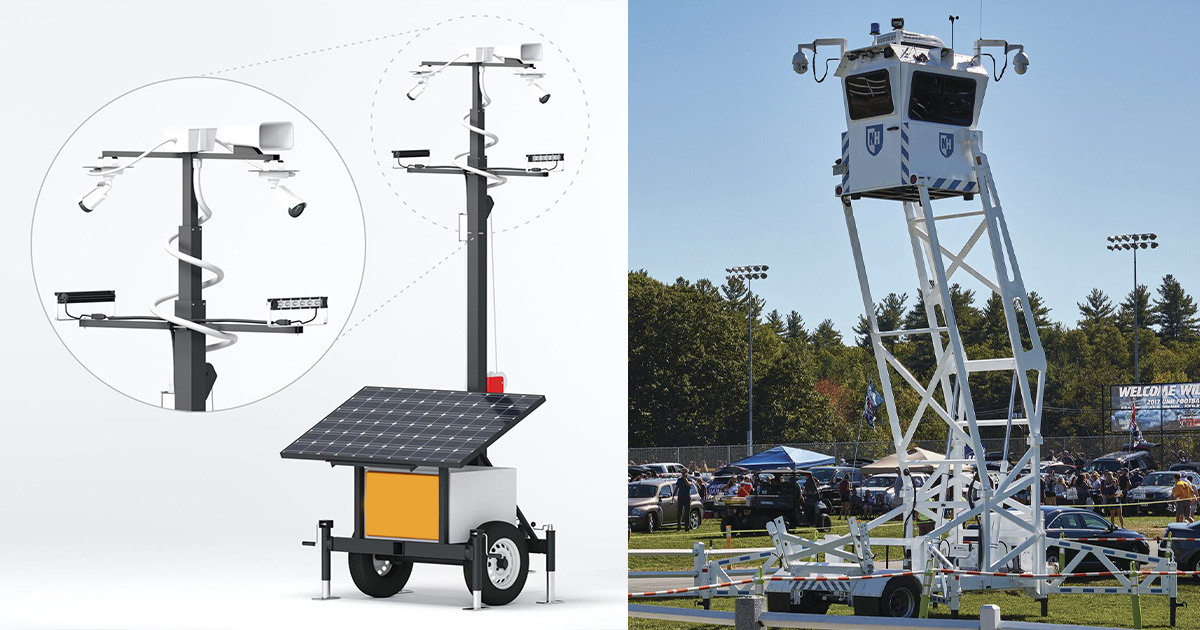
Not all security cameras are stationary. The acquisition of portable surveillance equipment by law enforcement organizations is expected. Examples include manned towers hoisted 25 feet in the air and uncrewed trailers that can stretch a pole with PTZ cameras in all directions.
These devices are frequently employed at public gatherings and in heavily trafficked commercial areas to establish situational awareness.
Thermal cameras
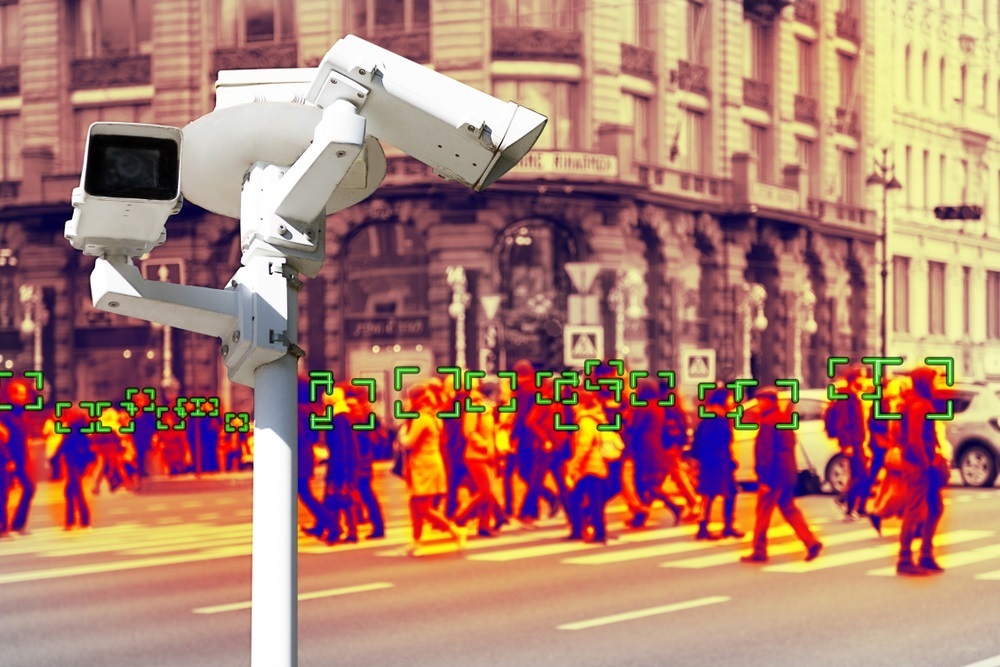
Most video cameras use infrared or natural light to collect images. Based on body temperature, thermal cameras can also record video of a person’s movements.
Although these cameras can sometimes be confused with standard security cameras, the brand name FLIR is frequently a dead giveaway that the camera has a thermal imaging capability.
Automated license plate readers
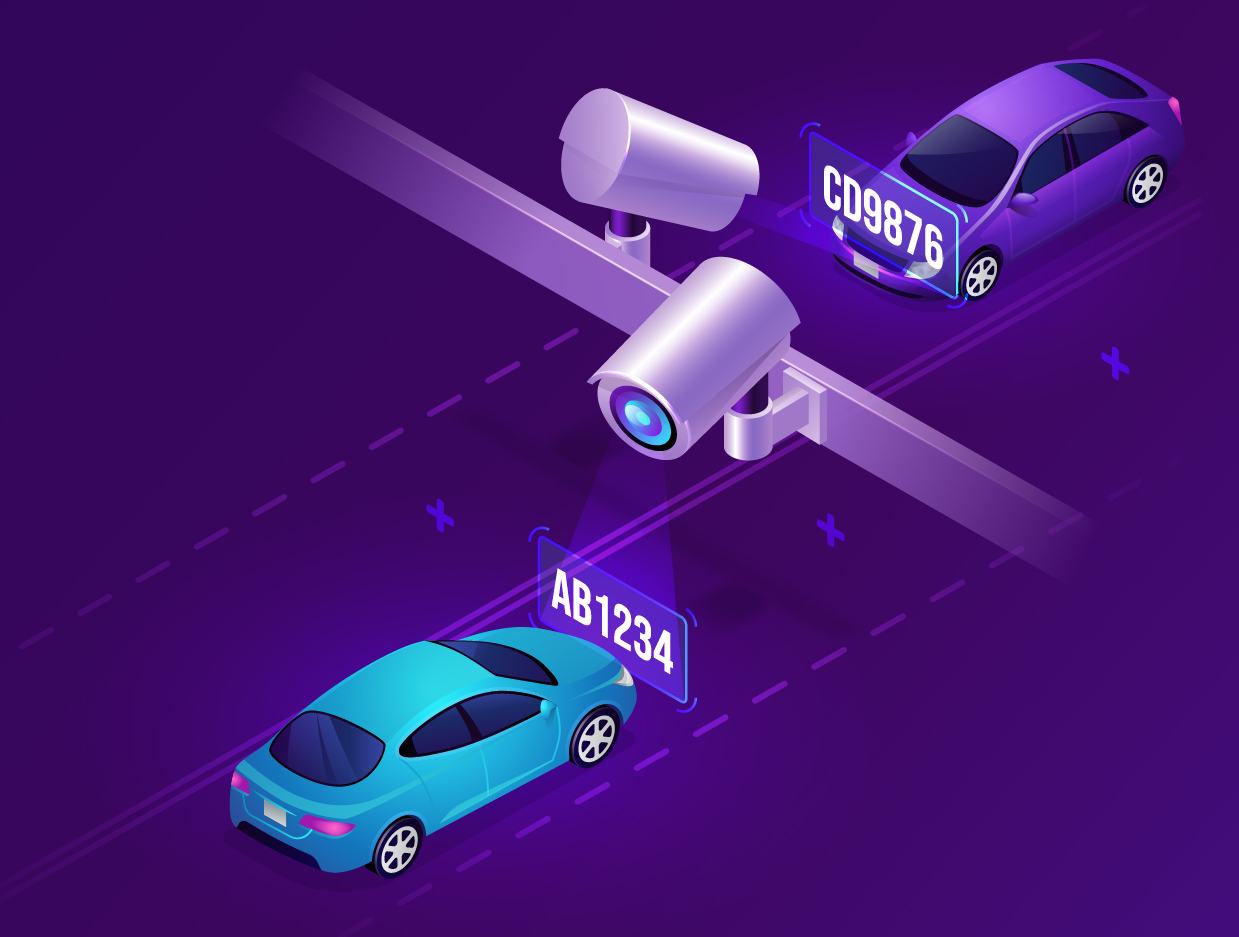
Automated license plate readers (ALPRs) are computer-controlled camera systems that take pictures of the vehicle’s license plates, as well as sometimes the drivers and passengers within them.
The ALPR system uses fixed cameras, which are frequently mounted on telephone poles, traffic lights, and other structures. They also consist of portable cameras frequently mounted on police cruisers. Some organizations possess ALPR trailers that may be moved to certain areas.
Applications of Defense Cameras
The military and other defense groups monitor and safeguard important places and assets using defense camera technology. This technology can be utilized for situational awareness, navigation, threat detection, and surveillance.
Defense cameras can be positioned at permanent locations like military posts and border crossings or mounted on vehicles, airplanes, and drones.
To provide a thorough picture of the monitored area, these cameras can be fitted with various features, including night vision, infrared imaging, and long-range zoom capabilities.
Defense cameras are employed in military and defense contexts and other fields, including law enforcement and animal protection.
- Border surveillance: Defense cameras are frequently deployed to monitor international borders and other sensitive locations to identify and repel potential attacks. These cameras may have characteristics like thermal imaging, night vision, and long-range zoom capabilities and can be mounted on stationary posts or movable platforms, such as vehicles or aircraft.
- Pyroelectric infrared (PIR) sensors, which are inexpensive, low-power, and also work in low light, are utilized to be able to detect movement in the region under surveillance.
- Vehicle tracking: Defense cameras can be used to track the motion of military vehicles, such as tanks, planes, and ships, and to give commanders in the field real-time situational awareness. These cameras, which can offer helpful information regarding the location and condition of military assets, may be mounted on the vehicles themselves or on other platforms, such as satellites or drones. The data that the controller processes and transmits via GPS to the emerging tracking system is detected by the IR sensor.
- Situational awareness: Defense cameras can give commanders situational awareness in real-time, empowering them to respond to threats and altering environmental conditions. These cameras can be mounted on fixed posts, moving vehicles, or flying objects, and some models come with features like thermal imaging and night vision that let them function in various settings.
- Situational awareness in combat has centered on electro-optical and infrared (EO/IR) sensors. These sensors’ data processors frequently act as the deployed military units’ eyes. EO/IR sensors are employed in airborne homeland security, patrol, surveillance, reconnaissance, and search and rescue initiatives in addition to the military. Professionals’ ability to save lives and support their livelihoods is made possible by EO/IR technology.
- Target acquisition: Defense cameras are frequently employed to locate and follow possible targets, such as hostile troops or vehicles, and to give weapon systems targeting data. These cameras may be installed on fixed poles, moving vehicles, or flying objects to let users see and track objects at a distance. They may also have cutting-edge features like long-range zoom capabilities and picture stabilization.
Again, IR sensors would be the favored method of target acquisition. For instance, the PIRATE IRST on Typhoon is capable of precisely providing bearings to IR sources (including ones with minimal radar signatures) at a high rate.
Executing a weave maneuver to produce shifting bearings from which range may be deduced is one method of localizing the target, but this takes time and runs the risk of revealing that detection has taken place.
Challenges and limitations of Defence Camera Technologies
There are several challenges and limitations associated with defense camera technologies. Some of these include
- Privacy concerns: Concerns concerning privacy and civil liberties can arise when surveillance cameras are used in defense-related situations or in civil locations. This can be especially sensitive in cities where cameras may be deployed to record citizen activity.
- False positives: Potential hazards, such as weapons or unusual activity, are frequently found by defense cameras. Nevertheless, these systems may generate false positives, resulting in pointless alarms and notifications
- Limited field of view: Since surveillance cameras often only have a short field of view, they can only record a small area at once. This might make it challenging to keep an eye on vast areas or follow moving targets.
- Vulnerability to tampering: Defense cameras are susceptible to tampering and interference, just like any other equipment. This can entail making an effort to deactivate, damage, or interfere with the signals used by the cameras to relay video data.
- High cost: Defense camera systems can be expensive to purchase, install, and maintain. This can be a significant barrier for many organizations, particularly those with limited budgets.
- Image quality and resolution: Low light levels, bad weather, and interference from other electronic equipment are just a few of the variables that can have an impact on cameras and lower the quality and clarity of the photos they record. This may make it challenging to correctly recognize items and people in the photos and may reduce the technology’s usefulness.
- Object and individual recognition: Defense camera photos can be difficult to identify objects and people in, especially in complex and congested situations. This may be the result of elements like occlusion, in which foreground objects obscure the view of background objects, and variations in lighting, look, and position.
- Data storage and transmission: Defense cameras produce a lot of data, which needs to be properly stored and delivered in order to be helpful. This can be difficult, especially in places that are hard to reach or where there may not be adequate infrastructure for data transmission and storage.
Overall, the challenges and limitations of defense camera technologies highlight the need for careful planning and implementation to ensure that these systems are used effectively and in compliance with relevant laws and regulations.
Conclusion
Modern military and security activities now depend more and more on defense camera technologies. These technologies offer real-time visual data that can be used to increase security, situational awareness, and intelligence gathering. Defense cameras do, however, have their limitations and difficulties, much like any other technology, such as problems with picture quality and resolution, difficulty with object and person recognition, worries about privacy and the potential for abuse, and problems with image quality and resolution.
Defense camera technologies are anticipated to play a significant part in the security environment despite these difficulties, and further research and development will assist to get over these constraints and realize their full potential.


